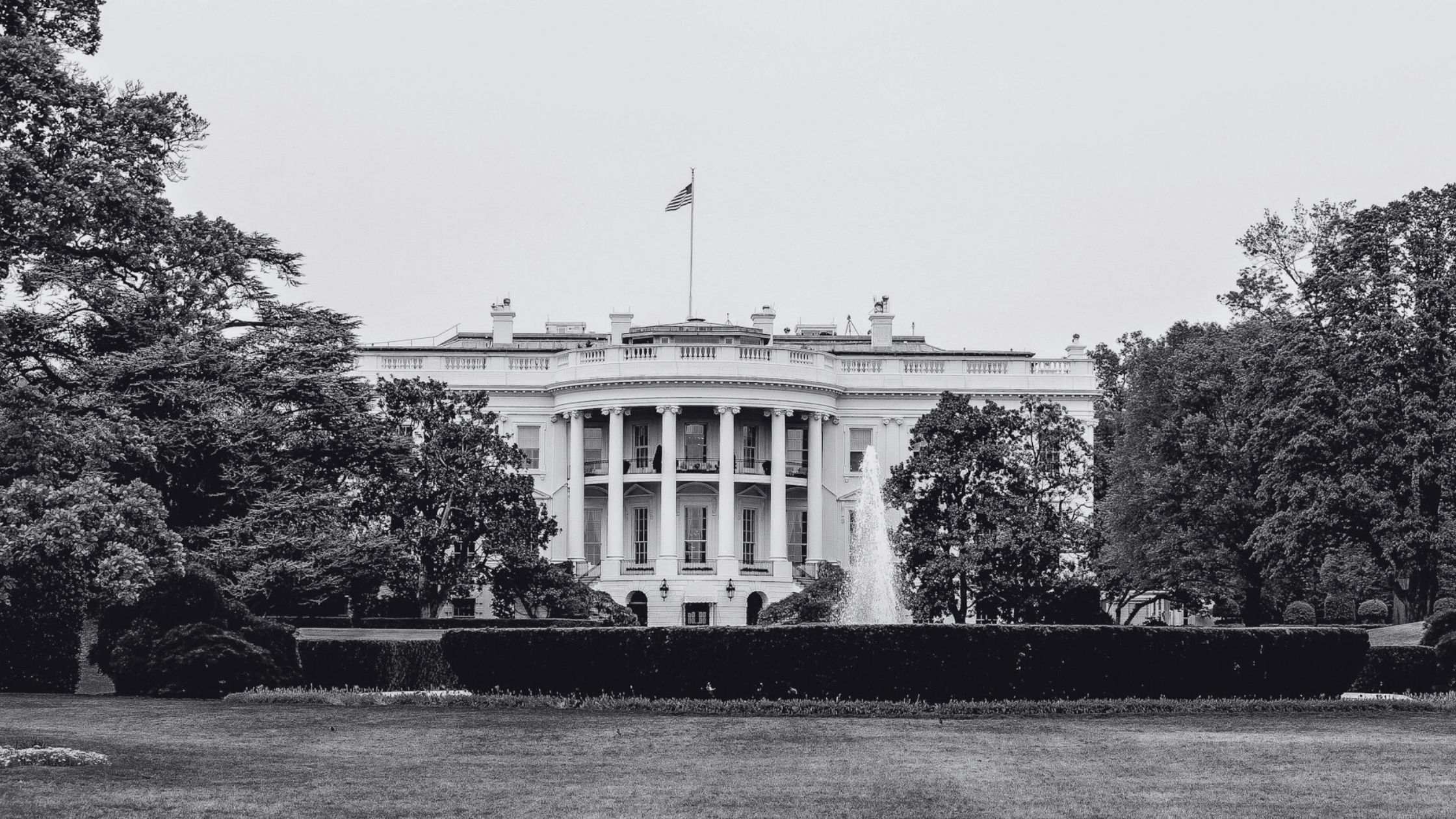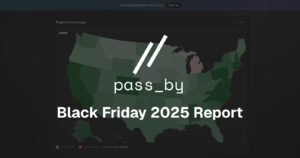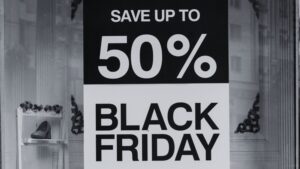This week, the United States will know the name of its next President. The polls will close and the announcement will come, state by state, as the doors of the White House open for its next leader. As the world looks to those doors, we are looking even closer to home. The doors of every store remain open as long as consumers visit, so are consumers voting with their feet?
Our report explores how elections are influencing consumer spending, from increased foot traffic to fuel stations to drops in Sunday shopping trips with 5 years of historical data displayed for your analysis.
Our report uses data with the highest in market accuracy – 94% correlation to ground truth, over 15 data inputs, and a full 90 days of predictive feeds. See how retail trends are shaping each year, month on month, in our Retail Pulse report.
Jump to:
- Key report findings
- Retail visits by category
- Total retail visits October 2019-2024
- Large drop in Sunday shopping trips
Key report findings
- Visits in the run up to the 2024 election are down 3.84% compared to the average for October
- Total visits to retailers increased by 2.23% compared to 2020
- Total visits to retailers dropped by -19.57% compared to 2019
- Weekend shopping trip visits reduced by -4.87% with visits on Sunday seeing the largest average drop of -32.1% compared to 2023
- Visits to outdoor power equipment stores increased by 8% year on year
- Visits to clothing accessory stores drop by over -7% year on year
- 14.11% increased visits to fuel dealers compared to 2023
Our report uses data with the highest in market accuracy – 94% correlation to ground truth, over 15 data inputs, and a full 90 days of predictive feeds. See how retail trends are shaping each year, month on month, in our Retail Pulse report.
2024 Retail visits by category
Overall trends show the retailers gaining the most foot traffic visits compared to 2023 are fuel, florist, health, and outdoor power equipment stores. These increases are driven by various economic factors, including the growing interest in health products since the COVID-19 pandemic and the cost of fuel reducing from 2023 over time.
Consumers however have reduced their visits to household appliance, clothing and gift stores despite a small 1.2% rise in disposable income as consumers are carefully choosing where to spend their dollars in the run up to the election.
Read more: College Student Spending Report 2024
Clothing accessories stores
Visits to clothing accessories stores decreased by -7.76%
This trend can be attributed to several factors, including shifts in consumer preferences and broader economic influences. Interestingly, during election seasons, consumers often experience uncertainty, which can affect their spending habits. In such times, people might tighten their budgets, opting to delay purchasing non-essential items like clothing and accessories.
However, it’s not only the election influencing clothing accessory purchases. From 2018 to 2023, the proportion of e-commerce sales rose by 69.7%. As visits to online retailers increase, this may further increase the impact of reduced visits around an election.
Read more: The Beyonce Effect: New Track Boosts Levi’s Foot Traffic by 19.87%
Outdoor power equipment stores
Visits to outdoor power equipment stores increased by 8% year on year.
This growth showcases a notable trend where consumers are actively seeking to enhance their outdoor spaces. Factors such as increased time spent at home and heightened interest in DIY projects contribute to this surge. The uptick in visits also indicates that uncertain times often prompt consumers to invest in their properties, considering them safe and valuable assets.
An interesting point to note is how the election phase influences these purchasing decisions. As consumers become more cautious, they may prioritize expenditures that promise long-term benefits or improve quality of life. Outdoor power equipment purchases could signify a consumer preference for investments in sustainable personal enjoyment, especially when broader economic conditions are in flux. So, as more people visit Outdoor Power Equipment Stores, it reflects a unique intersection of lifestyle shifts and economic prudence, painting a picture of evolving consumer behavior during election periods.
Fuel
Visits to fuel dealers increased by 14.11% year on year.
One of the biggest winners of October 2024 in the run up to the Presidential election are fuel sellers. Compare to 2023, retail gasoline prices in October 2024 were 13.7% lower according to the EIA.
Average prices dipped below $3 a gallon in 19 states, during October 2024 including in the swing states of Georgia, North Carolina and Wisconsin. These prices were the lowest since February 2024, so it’s no surprise keen-eyed consumers would refuel at a competitive price.
Food (health) supplement stores
Visits to food (health) supplement stores increased by 6.27% year on year.
Considering the 6.27% growth in visits compared to 2023, food supplement stores have witnessed a healthy surge, largely attributed to growing consumer awareness towards wellness and preventive health practices. This trend is further propelled by increasing interest in immune-boosting and natural health products.
Household appliance stores
Visits to Household Appliance Stores decreased by-3.57%
Shoppers who are mindful of budget constraints during uncertain times could redirect their expenditures, looking for bargains on essential items rather than splurging on new appliances. This behavior suggests that even within household necessities, strategic financial decisions become prevalent as the country gears up for an electoral decision.
Total retail visits
Visits to retailers in 2024 are down -3.84% compared to the last four years on average. Our analysis shows consumers retail spending is down in the run up to the election.
The total number of visitors to retailers in October 2024 was higher than the previous election year of 2020 by 2.23%. However, visits to retailers are still -19.57% lower than 2019, showing consumers aren’t yet as eager to visit stores compared to pre-pandemic a activity.
Retail visits in 2020
2020 was an election year, but other factors influenced consumer’s shopping choices. Early in October, 39 states reported seeing a rise in COVID-19 cases. Nine states set 7-day records for infections, and Wisconsin and Hawaii report a record number for deaths in a 7-day period according to the American Journal of Managed Care (AJMC). With consumers wary of visiting busy areas, visits to retailers dropped by over 50% compared to 2019 on multiple days throughout October 2020.
Large drop in Sunday shopping trips
Weekend shopping trip visits reduced by -4.87% with visits on Sunday seeing the largest average drop of -32.1% compared to 2023.
In 2020, visits to retailers at the weekend dropped by an average of -45.44%. Consumers being more conservative with spending around election time compiled with the effects of COVID-19 resulted in a significant reduction in visits. In 2024, weekend trips dipped by 4.95% compared to 2023.
While Sunday’s see a drop in visitors, Saturday’s in 2024 saw a steady increase compared to 2023 and a significant increased compared to 2020.
In election time, retailers may wish to shift their focus and resources to Saturday’s which see less negative impact in an election year compared to Sunday’s.
Our summary
In analyzing the intricate relationship between elections and consumer spending in the USA, our report highlights pivotal trends and insights. Election cycles directly influence retail traffic, with notable fluctuations observed in categories from fuel to clothing accessories. Of particular note is the significant reduction in Sunday shopping, pointing to evolving consumer behaviors.
Overall, elections play a crucial role in shaping retail dynamics and consumer priorities, emphasizing the interconnectedness of political events and economic activities.
Our report uses data with the highest in market accuracy – 94% correlation to ground truth, over 15 data inputs, and a full 90 days of predictive feeds. See how retail trends are shaping each year, month on month, in our Retail Pulse report.





